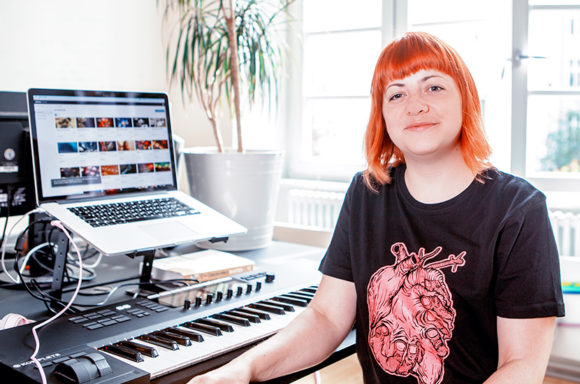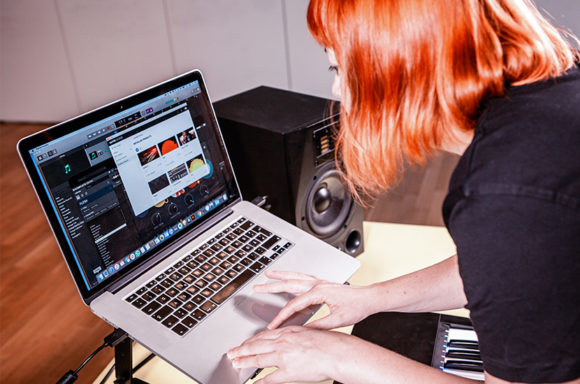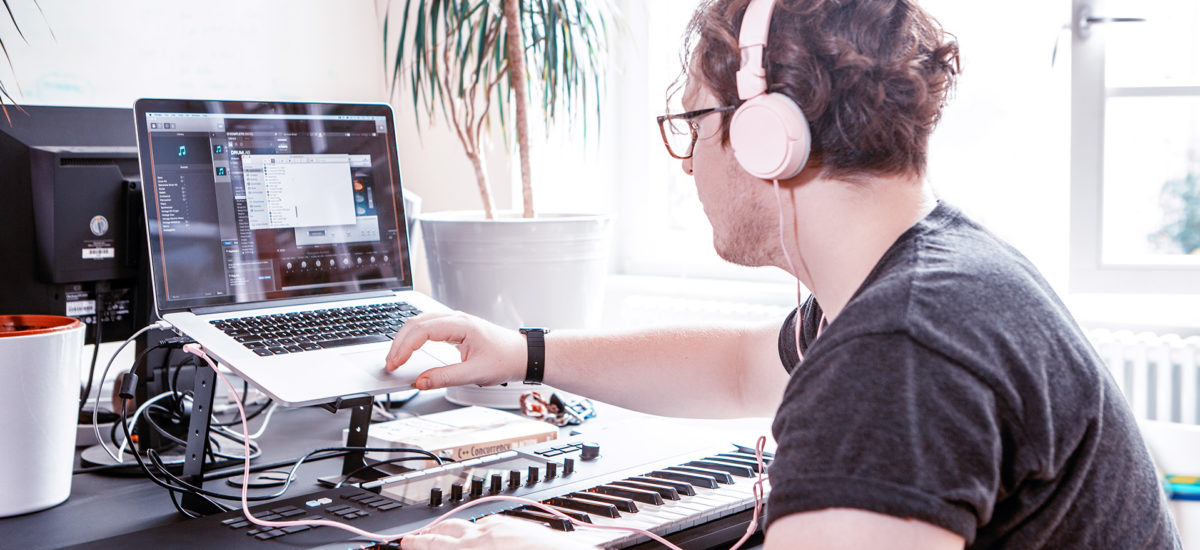
One in every twenty KOMPLETE KONTROL users take advantage of accessibility features for the visually impaired. Not one in 1,000, not one in 100, but one in 20. That just goes to show that accessibility isn’t a niche, but something integral to music making.
To do that, Native has been incorporating feedback from visually impaired users directly into the design process. The outcomes of this have had benefits that extend far beyond just products.
To find out more about how the accessibility is becoming part of the design process, we spoke to those behind the scenes, including Senior Software Engineer Carl Bussey, Product Owner Tzipi Schindler, Head of Education Alexander Stamm, and UX Designer Matthieu Ranc.
“I think this topic ties in closely with how diverse our audience is, and how we need to adapt if we want our audience to be even more diverse,” says Schindler. She says that as the company looks at attacking pain-points for new users who are starting out, they are also looking at including users with different abilities.
“What we have done with Native Access is address the basics,” she says. Tasks like installation and updates are no longer the roadblocks they once were for users with varying abilities. Native Access is now optimized for screen readers and shortcuts, with full macOS support, and expanded Windows support coming soon.
KOMPLETE KONTROL and NKS bring accessibility features to users of Native products, but also anyone using third-party NKS instruments and effects. Now with the KOMPLETE KONTROL keyboards, hardware interactions are accessible to visually impaired users. Once you’ve learned the hardware controls once, those triggers and encoders will then work with all NKS-enabled tools.
All of this should be of interest to NKS developers and content creators, as well. They’ll be able to provide these accessibility functions to their customers, without having to develop and test their own solutions.
The drive to greater accessibility is about more than just these individual products. “We are trying to take a more holistic approach,” says Bussey. The goal to push for greater accessibility exists company wide, “to promote greater understanding of our visually impaired users across all teams.”
“We want to try and address this from the beginning when we start looking at a feature,” Ranc explains. From the start of the design process, teams consider the needs of visually impaired users, while a Community of Practice discuss accessibility and meet regularly.
From a technical standpoint, Bussey and Ranc note that they’re increasingly evaluating frameworks in order to provide accessibility benefits and support the accessibility features of each operating system. That includes expanded support for the Mac’s VoiceOver or Windows Narrator, and the Windows Speech API. You should begin to see this expanded screen reader support in future releases of software like MASCHINE and KOMPLETE KONTROL. These technologies have already been extensively tested by Apple and Microsoft, and users in these communities are likely to expect full support.
Designing for visual impairment also includes working for those who are color blind. For example, removing obstacles to color coding in new software like MASSIVE X, effects plug-ins, and TRAKTOR KONTROL F1 hardware.

KK ACCESS
Feedback also comes from external communities. UK technologist Chris Ankin (who has written for Sound on Sound and Home & Studio Recording magazines) co-ordinates an unofficial KOMPLETE KONTROL Access community group, a hub for sharing knowledge and information among visually impaired musicians. This group has been a key resource for product teams, with a relationship that works both ways.
“Historically, music software offered poor accessibility with existing screen readers,” says Ankin. “With accessibility [features] in place, it means that for the first time, blind musicians could now independently browse, load, and edit VST-based software instruments,” he says.
At KOMPLETE KONTROL Access, users can find resources and product reviews so they can know for sure the NKS library they’re investing in is well mapped for their purpose. Ankin uses this as an opportunity to give software and sound content-creators feedback on their tools. “It led me to contact developers and provide feedback for their products in terms of making them aware of shortfalls in the NKS mapping that could make a big difference to blind people,” he says.
NKS developers, take note. Ankin has even helped Native further develop accessibility information for their documentation, making recommendations for key parameter mapping that would afford “the best access for blind users that software developers could hopefully read and implement,” he says. “[It’s a] win-win situation for everybody, but particularly for the visually impaired end-user who would gain better value from the product they had purchased.”
NKS is proving to be an important portal for developers to wanting to be more involved in the field of accessibility, and Ankin has been following its development with growing interest. “For the past two years Avid [maker of Pro Tools] and Native Instruments have hosted an accessibility awareness forum at NAMM,” he says. “This has been well attended by the industry, and [attendees tell me it has helped developers] open their minds and eyes … to actually thinking more about accessibility at the design stage, which is great news.”
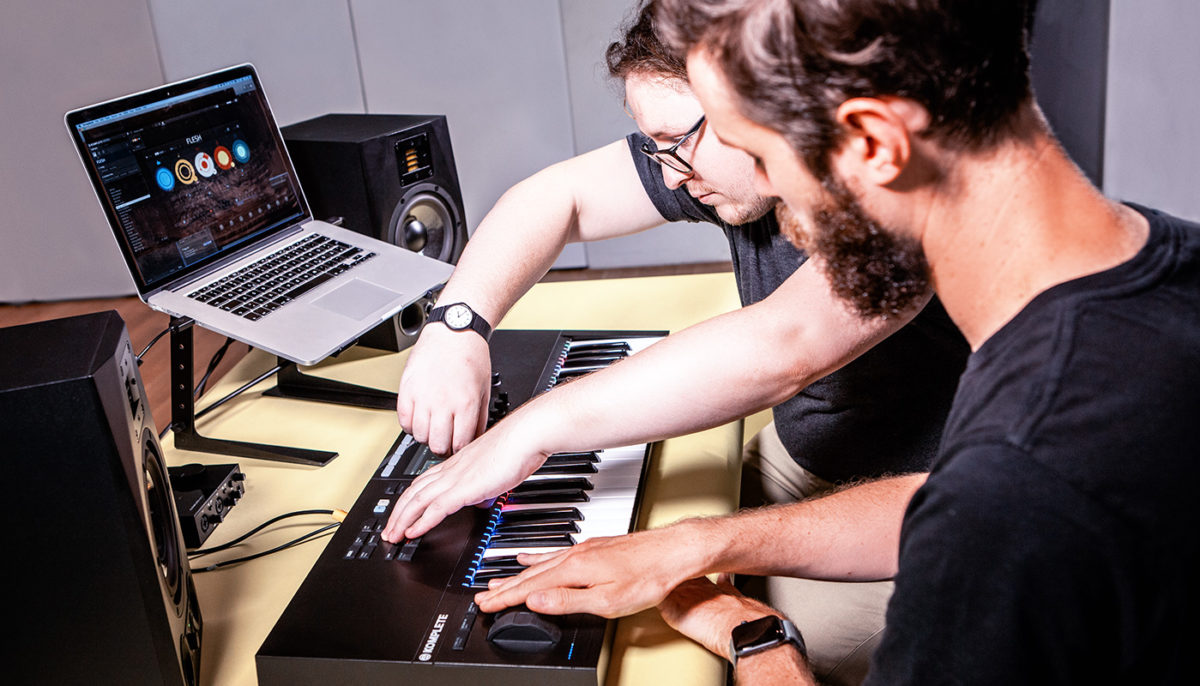
And with the changes at Native, like those with KOMPLETE KONTROL, new users are coming. “I have seen more members joining the group since the release of the more affordable A-Series and recent M32 controller,” says Ankin.
Communication between Native product teams and KOMPLETE KONTROL Access works both ways. The accessibility changes to Native Access came directly from user feedback, which Ankin helped collate from various internet forums. In the end, the product team and Product Owner Tzipi Schindler were able to drive changes in how Native Access works, running them by a group of beta testers formed from the KOMPLETE KONTROL Access community.
“Improving our technology to support accessibility users is not only for the visually impaired,” says Bussey. These features make software better for everyone, as evidenced by the growing popularity of existing features. Improving frameworks and integration, creating consistent visual and tangible interfaces, and removing the barriers to getting started enriches the overall experience of using Native tools for everyone.
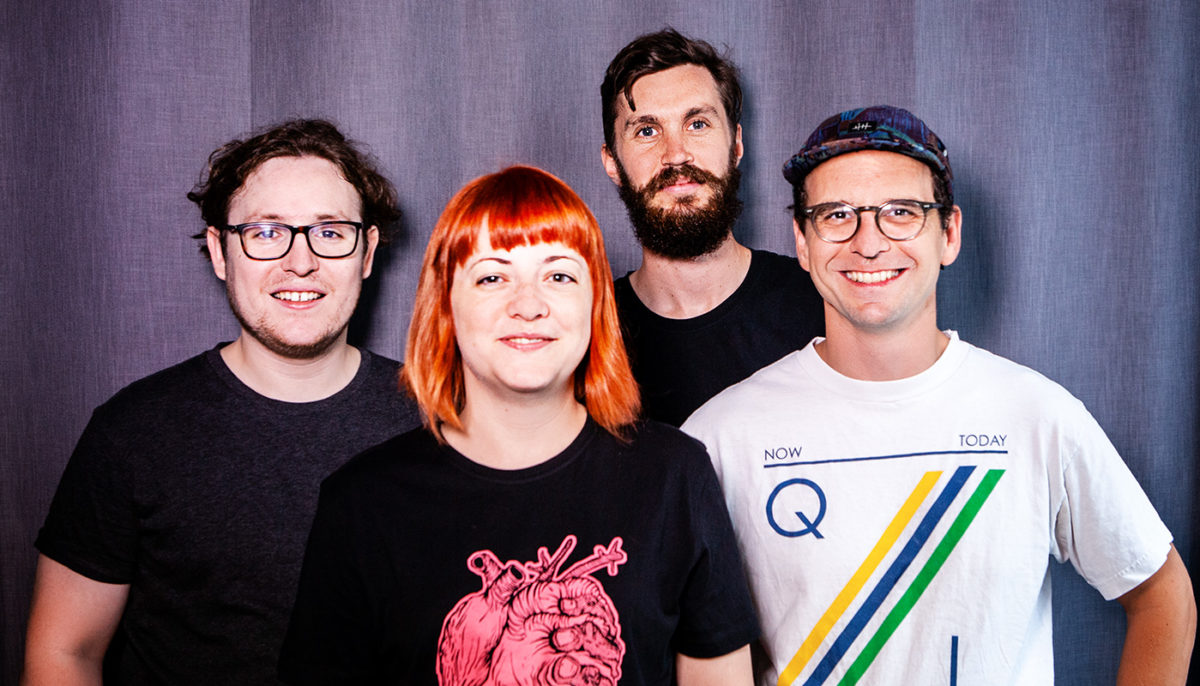
It also leads to some extraordinary music stories. “There are some amazing musicians in the community of visually impaired Komplete Kontrol users, and it’s great to understand their creative process and how they’re using our products,” says Stamm.
For more of those stories, check out our profiles of some of these artists and learn about how they’re working with these tools – and providing feedback on how to make them better:
Talking keyboards with Andre Louis
How KOMPLETE KONTROL is empowering visually impaired musicians








